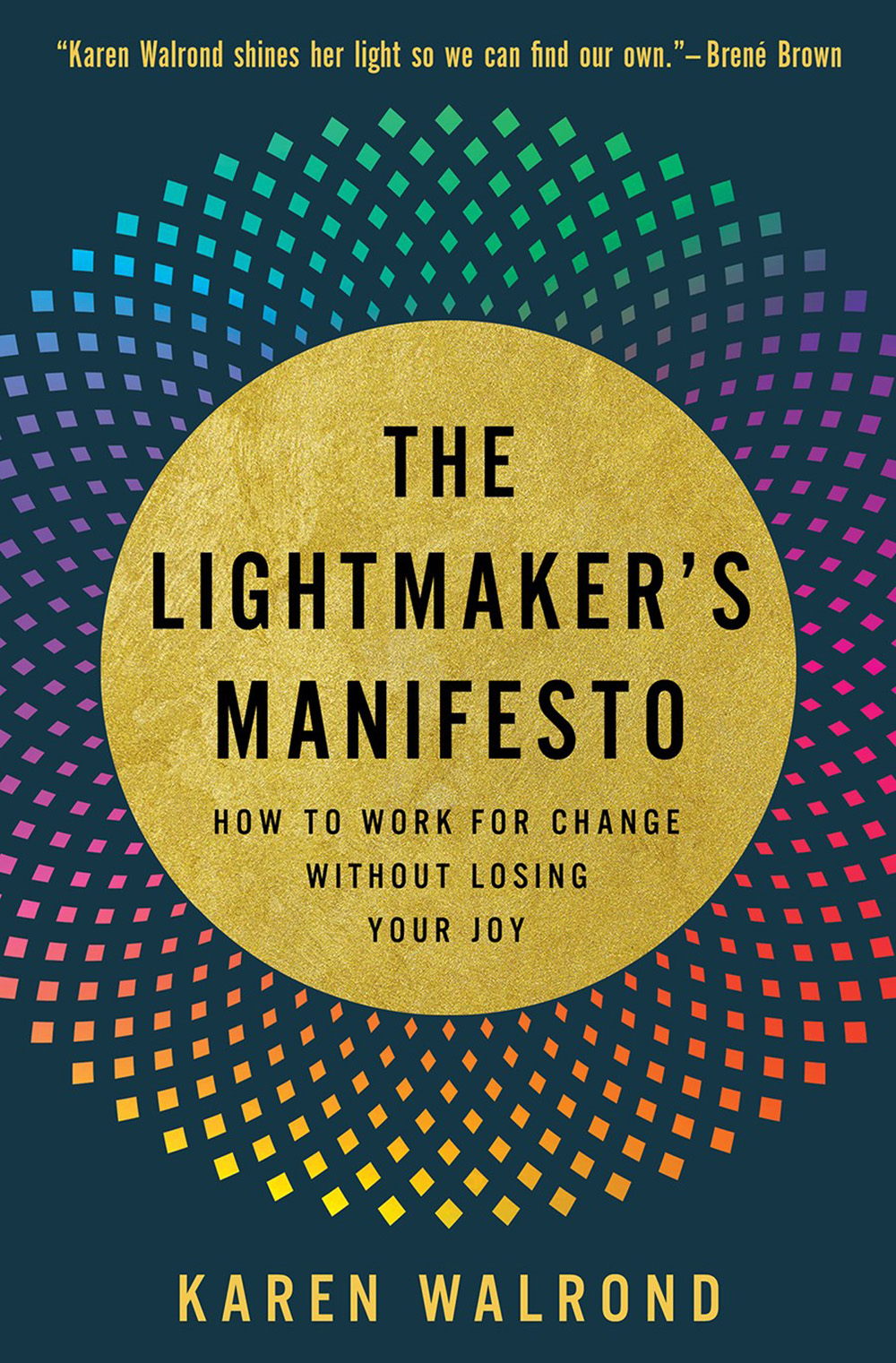For the bibliophile on your shopping list, we’ve rounded up the year’s best books about books.
The Madman’s Library
The Madman’s Library: The Strangest Books, Manuscripts and Other Literary Curiosities From History by Edward Brooke-Hitching is a must-have for any bibliomaniac. Over the course of this splendidly illustrated volume, Brooke-Hitching reviews the history of the book, investigating a variety of forms and a wide range of media but always emphasizing the extraordinary.
Along with a number of wonderful one-offs (a book composed of Kraft American cheese slices), there are giant books (the 6-foot-tall Klencke Atlas) and tiny books (a biography of Thomas Jefferson that literally fits inside a nutshell), books that are sinister (a volume with a cabinet of poisons concealed inside) and books that are sublime (the medieval Stowe Missal with its ornate reliquary case). Astonishing from start to finish, The Madman’s Library stands as a testament to the abiding power and adaptability of the book.
Unearthing the Secret Garden
Marta McDowell looks at the life of a treasured author in Unearthing the Secret Garden: The Plants and Places That Inspired Frances Hodgson Burnett. Born in 1849, British novelist Burnett published more than 50 novels, including The Secret Garden. McDowell delivers an intriguing account of Burnett’s botanical and literary pursuits and the ways in which they were intertwined. She highlights Burnett’s enduring love of plants, tours the gardens the author maintained in Europe and America and even dedicates an entire chapter to the plants that appear in The Secret Garden.
McDowell, who teaches horticulture at the New York Botanical Garden, has also written about how plants influenced the work of Emily Dickinson, Laura Ingalls Wilder and Beatrix Potter. Filled with marvelous illustrations and historical photographs, her new book is a stirring exploration of the natural world and its impact on a literary favorite.
The Annotated Arabian Nights
The Annotated Arabian Nights: Tales From 1001 Nights, edited by scholar and author Paulo Lemos Horta, provides new perspectives on a beloved classic. Rooted in the ancient literary traditions of Persia and India, the collection of folktales known as The Arabian Nights features familiar figures such as Ali Baba, Sinbad, Aladdin and Shahrazad, the female narrator who spins the stories.
This new volume offers a fresh translation of the stories by Yasmine Seale, along with stunning illustrations and informative notes and analysis. The tales, Horta says, deliver “the most pleasurable sensation a reader can encounter—that feeling of being nestled in the lap of a story, fully removed from the surrounding world and concerned only with a need to know what happens next.” This lavish edition of an essential title is perfect for devotees of the tales and an ideal introduction for first-time readers.
We Are the Baby-Sitters Club
We Are the Baby-Sitters Club: Essays and Artwork From Grown-Up Readers is a delightful tribute to author Ann M. Martin and the much-loved Baby-Sitters Club series she introduced in 1986. Propelled by memorable characters, primarily tween club members Kristy, Stacey, Claudia and Mary Anne, who run a babysitting service, the series tackles delicate family matters like adoption and divorce, as well as broader topics such as race, class and gender.
In We Are the Baby-Sitters Club, Kelly Blewett, Kristen Arnett, Myriam Gurba and other notable contributors take stock of the popular books and their lasting appeal. With essays focusing on friendship, culture, identity and—yes—the babysitting business, this anthology showcases the multifaceted impact of the series. Nifty illustrations and comic strips lend extra charm to the proceedings. Edited by authors Marisa Crawford and Megan Milks, the volume is a first-rate celebration of the BSC.
Bibliophile
It’s almost impossible to peruse Jane Mount’s colorful sketches of book jackets and book stacks without being possessed by the impulse to dive into a new novel or compile a reading list. For her new book, Bibliophile: Diverse Spines, Mount teamed up with author Jamise Harper to create a thoughtful guide to the work of marginalized writers that can help readers bring diversity to their personal libraries.
With picks for lovers of historical fiction, short stories, poetry, mystery and more, Bibliophile: Diverse Spines brims with inspired reading recommendations. The book also spotlights literary icons (Toni Morrison, Sandra Cisneros, Ralph Ellison) and treasured illustrators (Bryan Collier, Luisa Uribe, Kadir Nelson). Standout bookstores from across the country and people who are making a difference in the publishing industry are also recognized. With Mount’s fabulous illustrations adding dazzle to every chapter, Bibliophile: Diverse Spines will gladden the heart of any book lover.
The Dictionary of Obscure Sorrows
The universe of words is steadily expanding thanks to author John Koenig. In The Dictionary of Obscure Sorrows, Koenig catalogs newly minted terms for hard-to-articulate emotional states: conditions of the heart or mind that seem to defy definition. Ledsome, for instance, is his term for feeling lonely in a crowd, while povism means the frustration of being stuck inside your own head.
Drawing upon verbal scraps from the past and oddments from different languages, Koenig created all of the words in this dictionary. He started this etymological project in 2009 as a website and has since given TED talks and launched a YouTube channel based on his work. “It’s a calming thing, to learn there’s a word for something you’ve felt all your life but didn’t know was shared by anyone else,” he writes in Obscure Sorrows. Koenig’s remarkable volume is the perfect purchase for the logophile in your life.

























